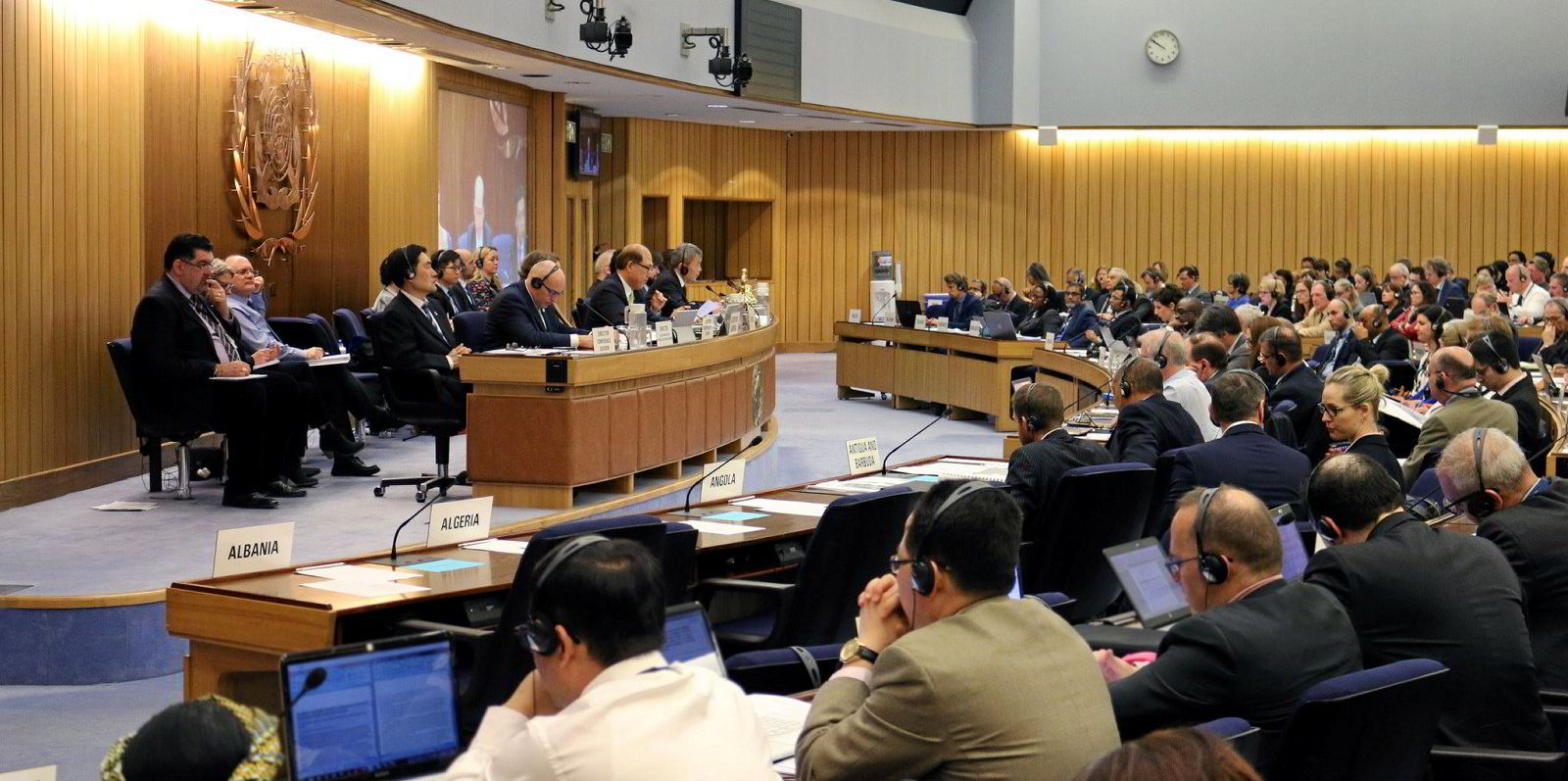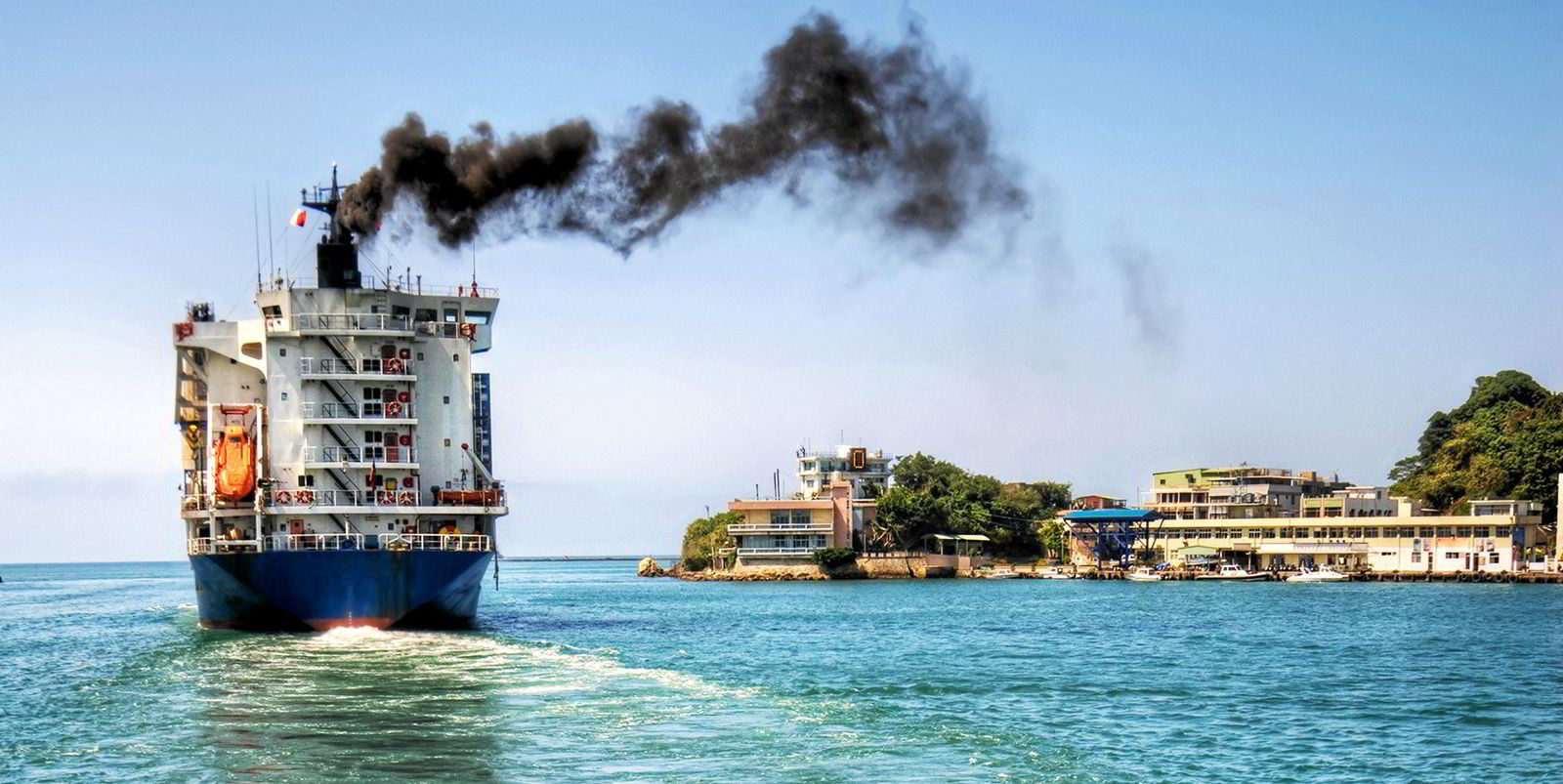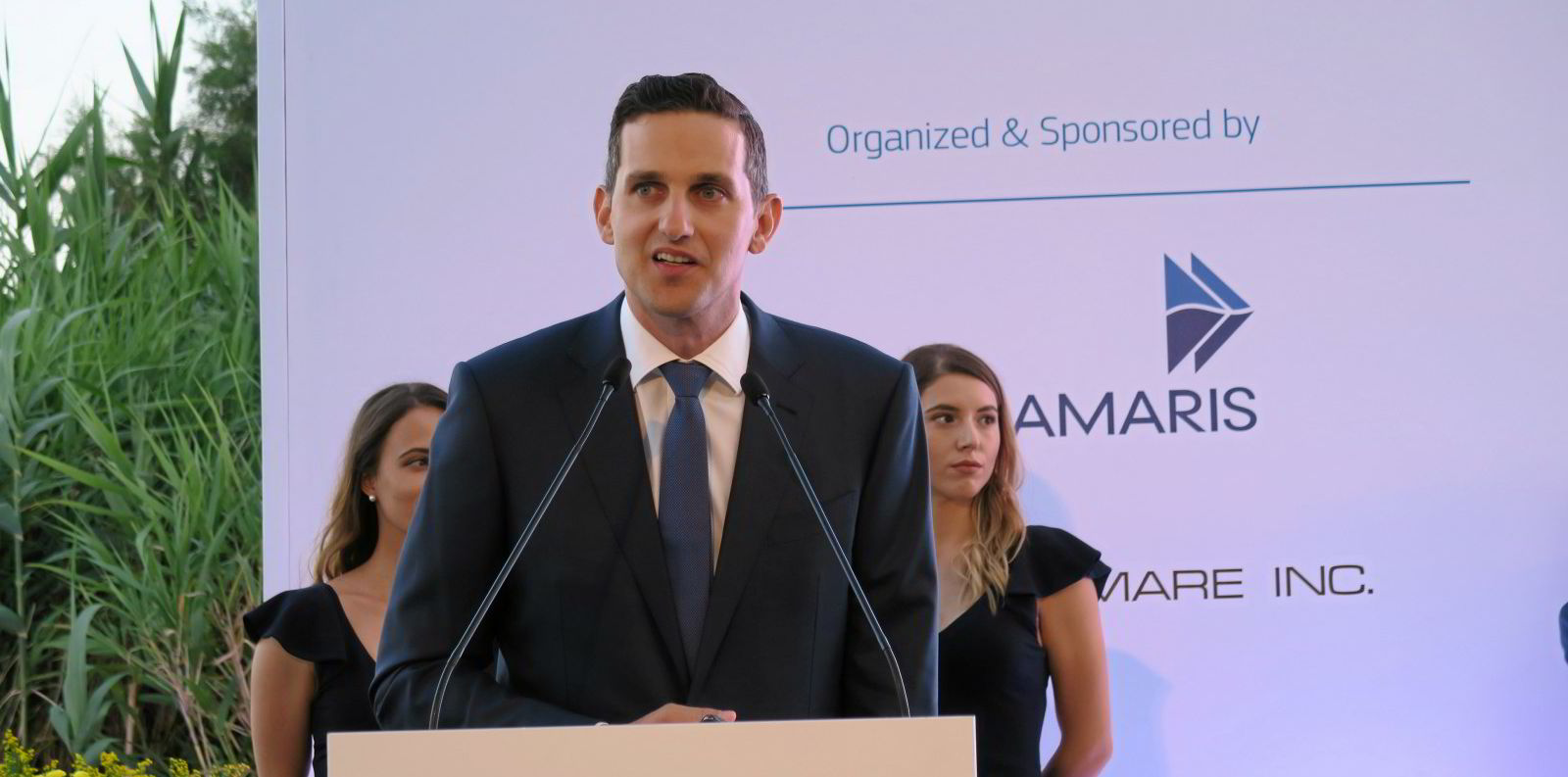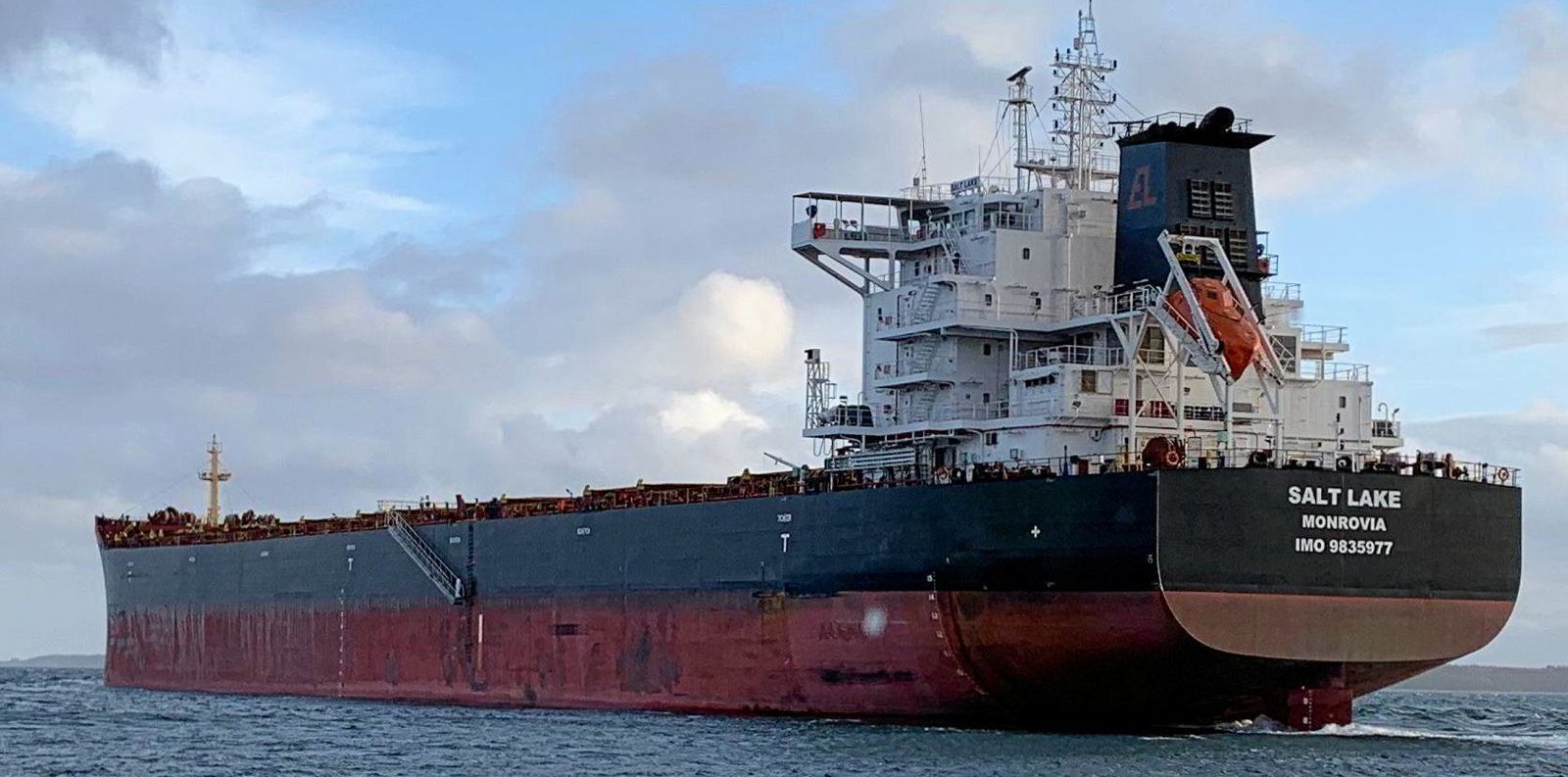Yards and shipowners are in talks over newbuildings that are designed to outdated emissions standards, because the International Maritime Organization has left a loophole in its regulations, experts say.
TradeWinds reported that private Chinese and Japanese shipbuilders were recently seeking to win orders with keels registered before 2016, which would allow the ships to be built to the Marpol NOx Tier II standard and still trade in emission control areas (ECAs).
“The regulation has lent itself to this chain of events in part due to the interpretation of definitions, along with the staggered and limited nature of the roll-out,” Maritime Strategies International managing director Adam Kent said.
Marpol requires vessels to be built to the stricter Tier III standard from 2016 if they are operating in the North American and Caribbean ECAs. The cut-off construction date for the North Sea and Baltic ECAs was January 2021.
But an IMO Unified Interpretation allows member states to deem keel registration dates as timings of construction for legal purposes.
Shipowners and shipbuilders are believed to have strong financial incentives to take advantage of the regulatory design.
In February, Greek shipowner Evalend Shipping ordered two Tier II kamsarmaxes at Yangzi-Mitsui Shipbuilding in China for slightly more than $27m each.
A week later, Thenamaris booked two 82,000-dwt kamsarmaxes at Nantong Cosco KHI Ship Engineering to be built to the same standard. The price tag was said to be about $27m apiece.
The Tier II newbuildings offer savings of between $1m and $1.5m, depending on the ship types ordered compared with the upgraded Tier III standard.
“It’s an embarrassment,” a researcher specialising in environmental regulations said of the loophole.
Another added: “The IMO rules are supposed to be global, but there are always exemptions.”
Economic reasons
Kent said: “There are certainly economic reasons for owners to seek out shipyards still able to offer Tier II vessels.
“For the shipyard, the nature of block ship construction and the marginal cost [involving] prefabricating and storing 50-tonne sections of steel in a keel repository make perfect sense, if it ultimately attracts new orders that either wouldn’t have been made or would have been placed elsewhere.”
But Kent warned that those newbuilding deals may turn out to be “a false economy” for owners.

“With increasing scrutiny on vessel emissions and ESG [environmental, social and governance] credentials from regulators, charterers, end users, financiers and investors, the more polluting nature of Tier II vessels is ultimately likely to be reflected in both potential earnings and ultimately the resale value of the asset,” he said.
The IMO said individual flag states would determine how to apply the NOx rules to each newbuilding. No IMO member is known to have proposed reviewing the regulations.
“It will be difficult to close the loophole in the short to medium term,” Drewry managing director Arjun Batra told TradeWinds.
“I think the way forward is to give greater incentives to more environmentally friendly vessels to compensate for the higher building costs.”






